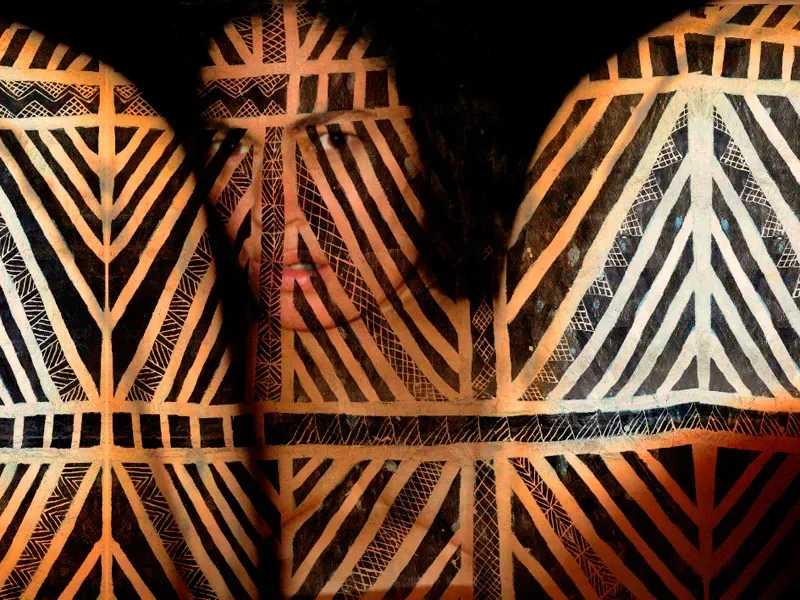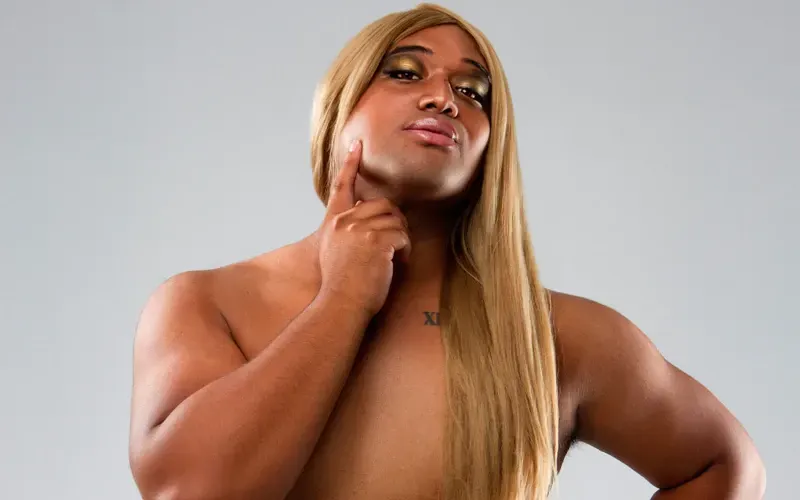Visual arts at Urbanesia
Written by

No longer siloed into former predefined categories this year's Southside Arts Festival Urbanesia brings together a plethora of artistic excellence with new forms, activities and installations across the visual arts.
Visual arts programmer Tracey Williams shares how the festival enables the people of Auckland to have “a concentrated encounter with the arts and culture of the city’s burgeoning urban Maori and Pacific practitioners”.
“From the moving image and photographic Poly-Typical at Fresh Gallery Otara and Claudia Jowitt’s paintings in Goosh at Corban Arts Centre to Dead Pigs Don't Grow on Trees at Mangere Arts Centre (a living exhibition exploring Polynesian art and the body featuring a mix of fabrications and installation), Making Visible curated by Ioana Gordon-Smith and Urban Drift at Papakura Art Gallery curated by Ane Tonga which is an exhibition is intended to reflect through a range of media (including installation, performance, photography and CCTV footage) the shifting experiences of people migrating from rural to urban areas, often known as the ‘urban drift’.”
Festivals are sites of transformation and although still relatively young, Urbanesia is actively contributing to the creative landscape of the city.
“Auckland’s cultural landscape is incredibly distinctive and in an Asian-Pacific location,” says Williams, “We are changing the way the landscape is perceived with an intense spotlight across the region on urban Maori and Pacific work and sharing how this is a defining characteristic of the city.”
Williams argues that by “putting Maori and Pacific talent in the limelight in a way that’s significant to those cultures and celebrating it vociferously, it is given visibility, a sense of normalcy. This has a generative effect on future creative production, what is considered ‘art’ and how it is experienced.”
It is not surprising that many consider the current time to be a tipping point in regards to widening the circle and increasing the diversity of opinions, experiences and knowledges. Urbanesia as a festival, in its capacity both of form and platform, highlights how the conversation is rapidly expanding; challenging binaries of traditional and contemporary, regional and urban, normal and other, and consequently re-defining those.
“Being able to see incredibly diverse exhibitions in the same period connected within a conversation that highlights Maori and Pacific identity is a watershed moment regarding ‘normalcy’,” says Williams.
And Urbanesia’s wide programme reflects the diversity within the Maori and Pasifika festival with weaving, jewellery and crochet workshops alongside beautiful tapa displays and multi-media installations.
“How incredible to have packaged in the same programme Kolose: The Art of Tuvalu Crochet 2 alongside the exhibition Pasifika Clothing est 1992 that documents the story of an urban fashion label founded by Stan Tallon and Sjimmy Fransen featuring photography, music, film archives and samples of clothing,” enthuses Williams.
“Kolose or crochet is one of the key art forms practiced by some Tuvalu women, particularly from the island of Niutao, gifted during special occasions and worn at church, on special occasions, as part of female dance costumes, and as casual wear; meanwhile Pasifika Clothing was started as an incubator for emerging Pacific designers; mixing business and socio/political goals with indigenous cultural values, opening a shop in High Street in 1993 and selling wholesale to high end stores such as World and Paris Texas.”
No longer is the past and the future at polar opposites, Urbanesia highlights the fluidity of the past into the present and the future, and the future, according to Williams, certainly looks bright.
“I’d like to think that in ten years, having shone the spotlight on Maori and Pacific creative talents and culture annually that these art forms would be an entirely accessible and eminent part of everyday life, normal and celebrated by all Aucklanders and integral to what defines Aucklanders’ identities.”
She adds that “For the visual arts this means that a diversity of arts forms by both emerging and established artists representing all Pacific cultures and all Maori iwi affiliations are seen in the city’s mainstream galleries and are household names.”
The last of four urban villages, Takapuna, offers a range of visual art delights and will conclude this Saturday on November 29.


